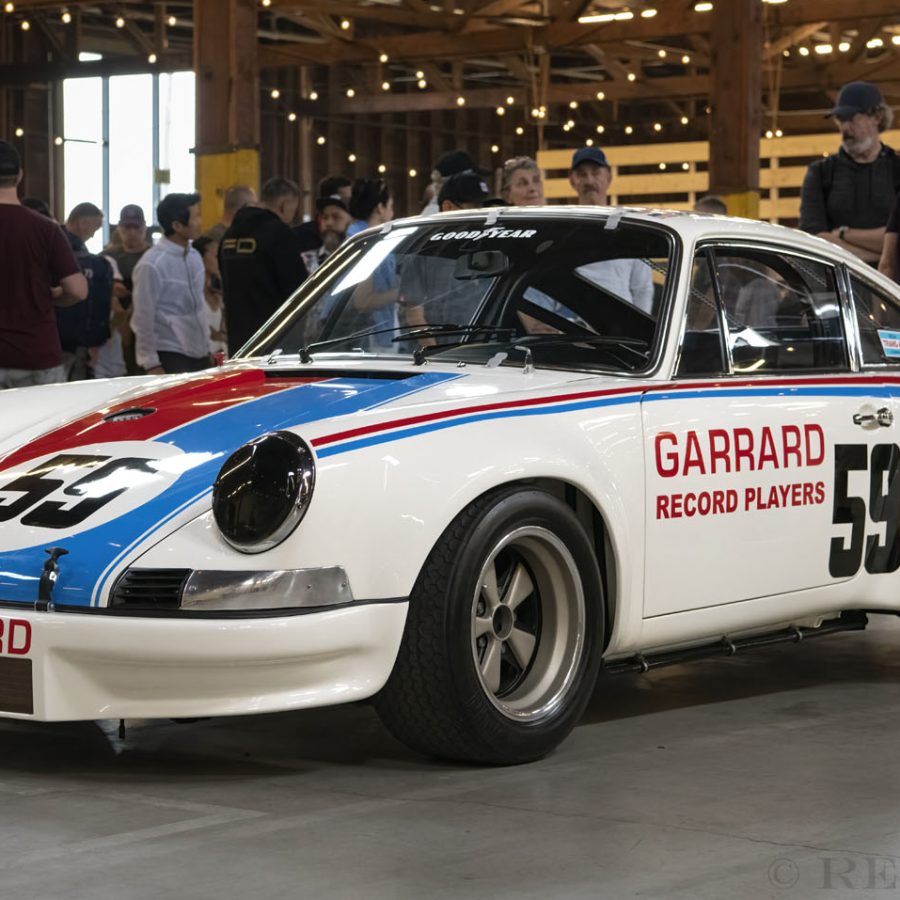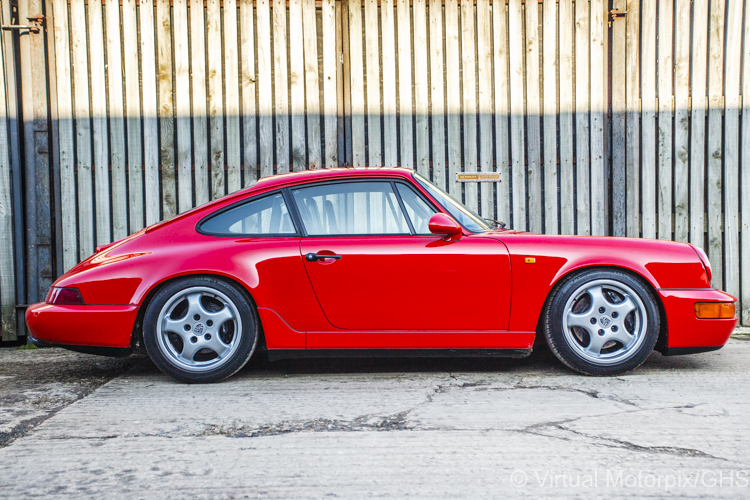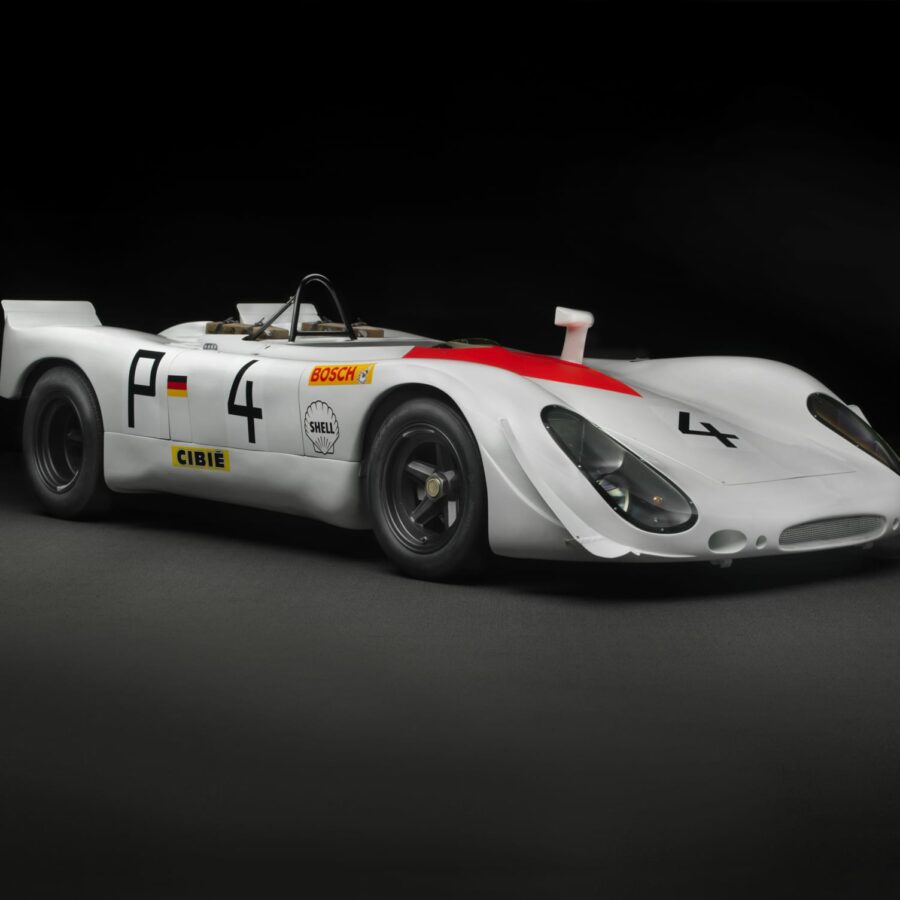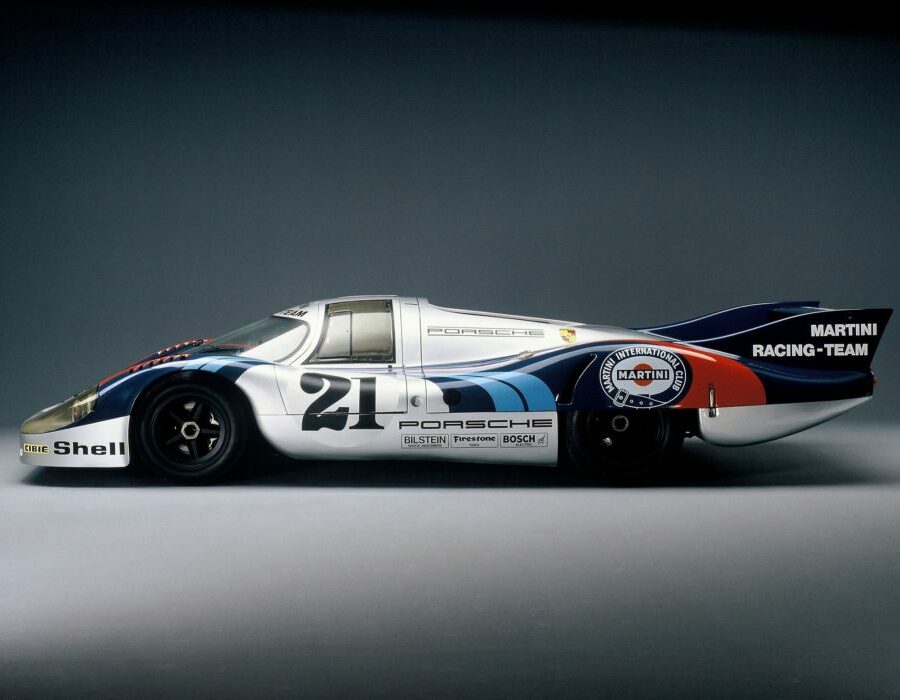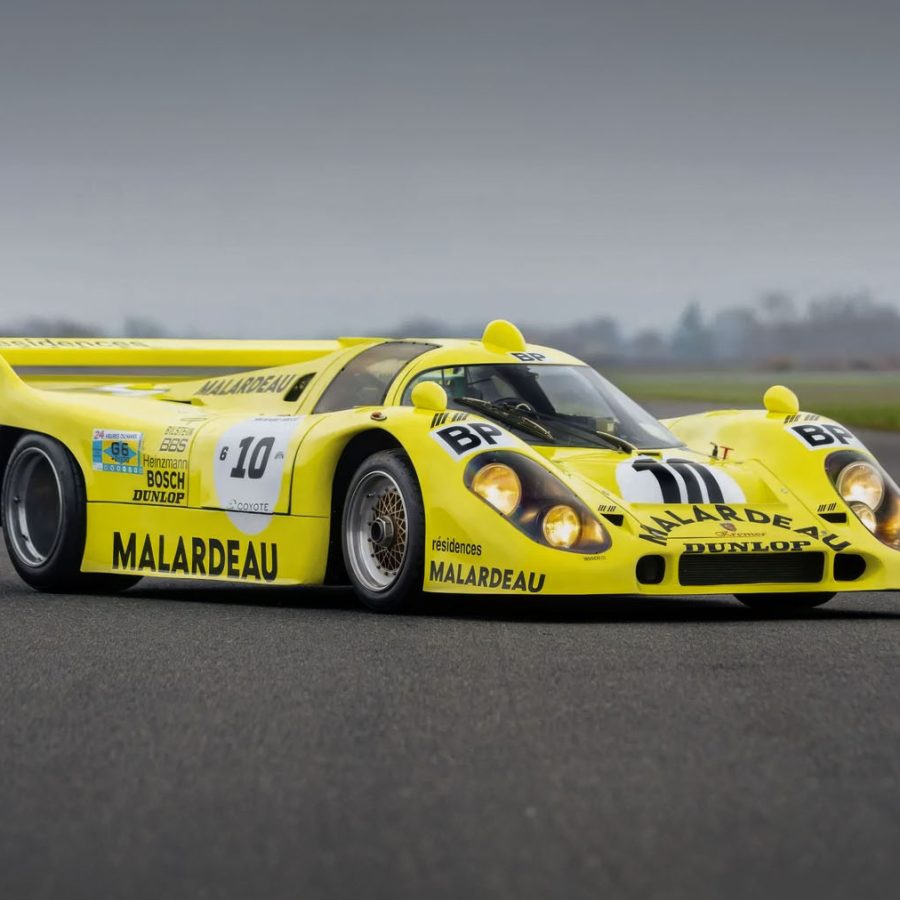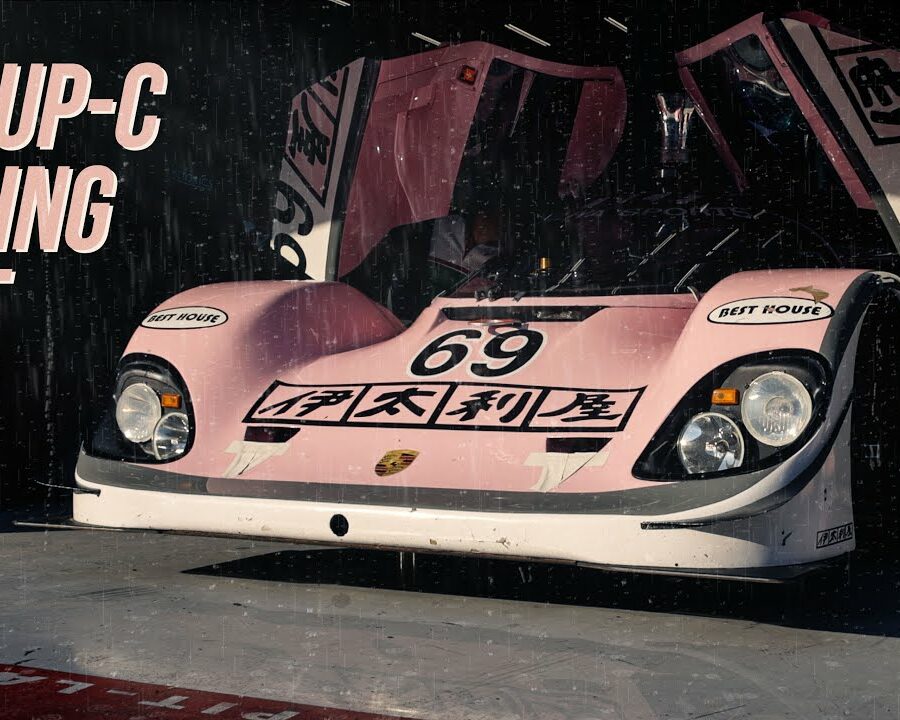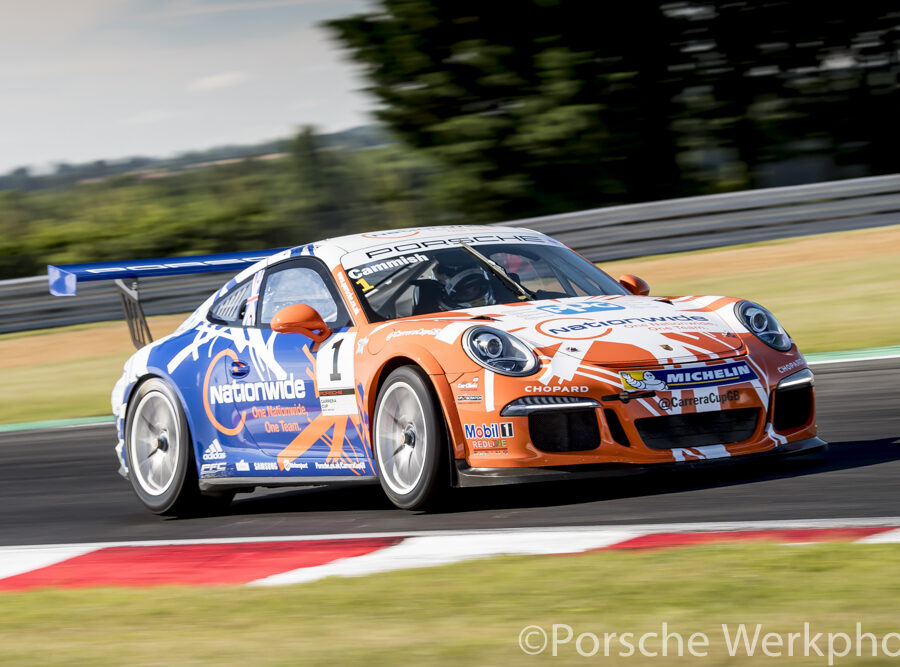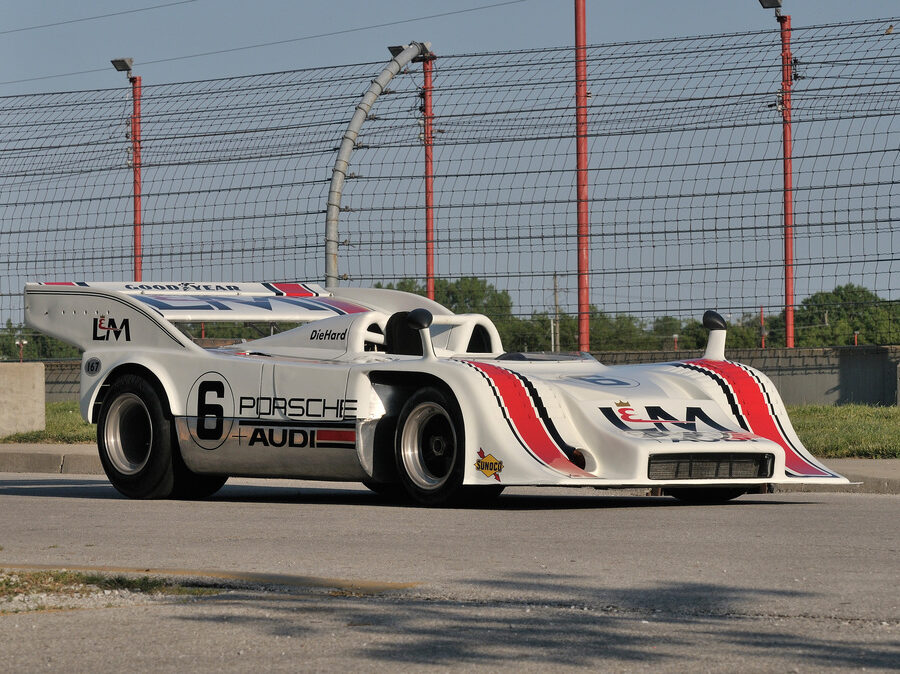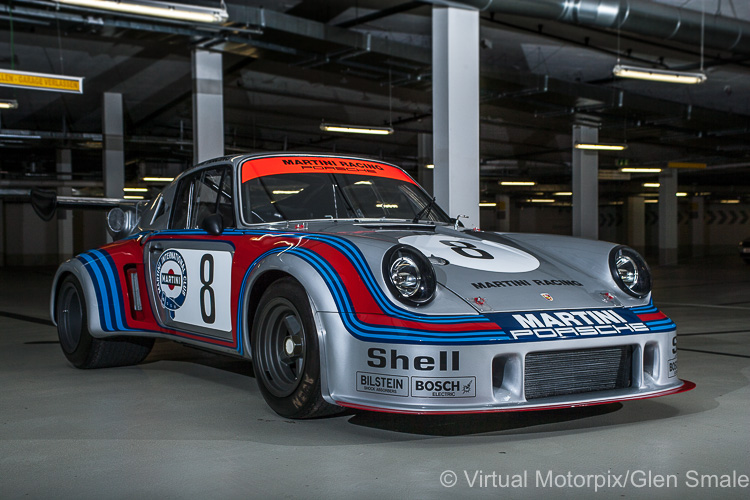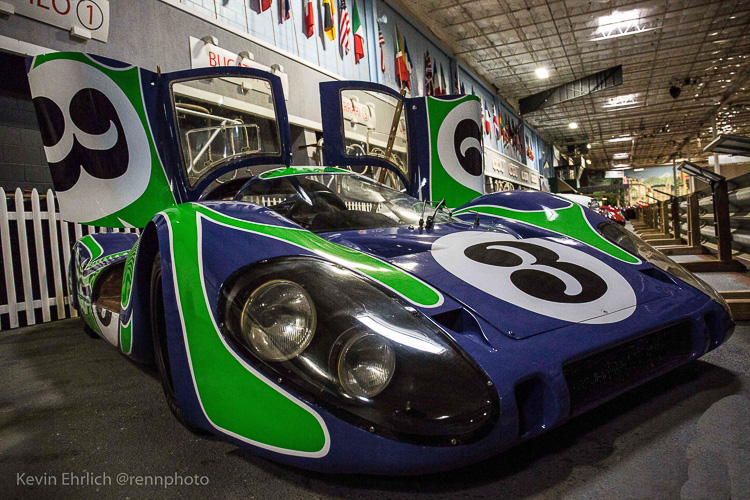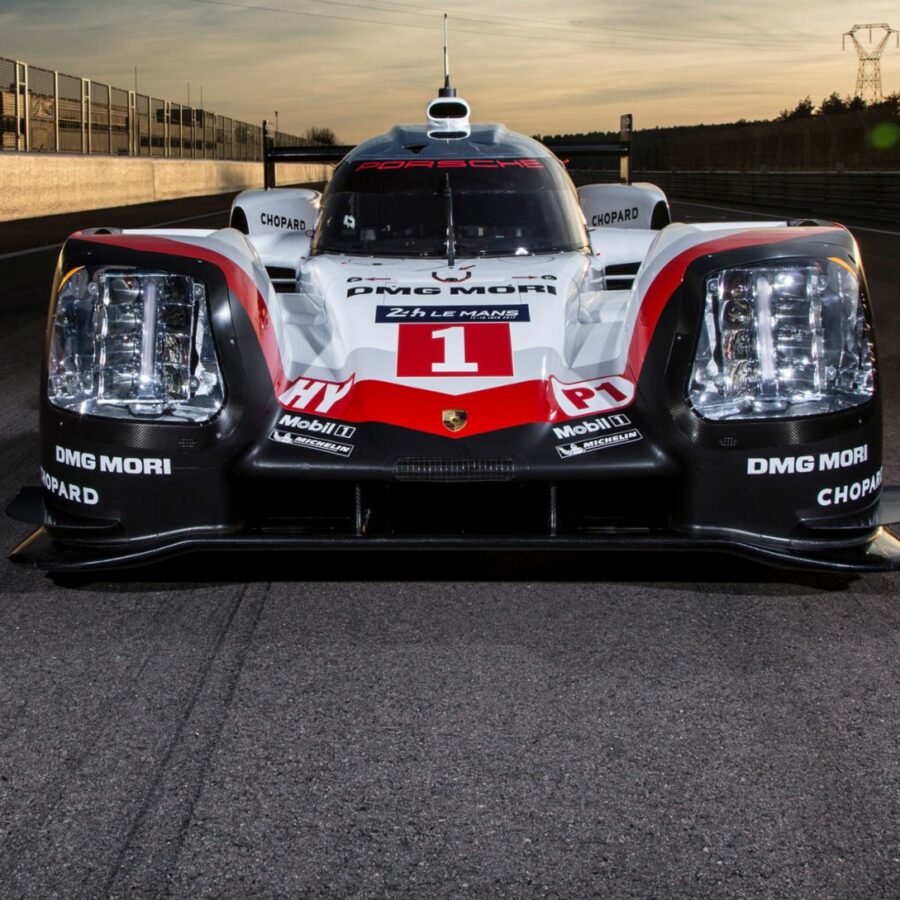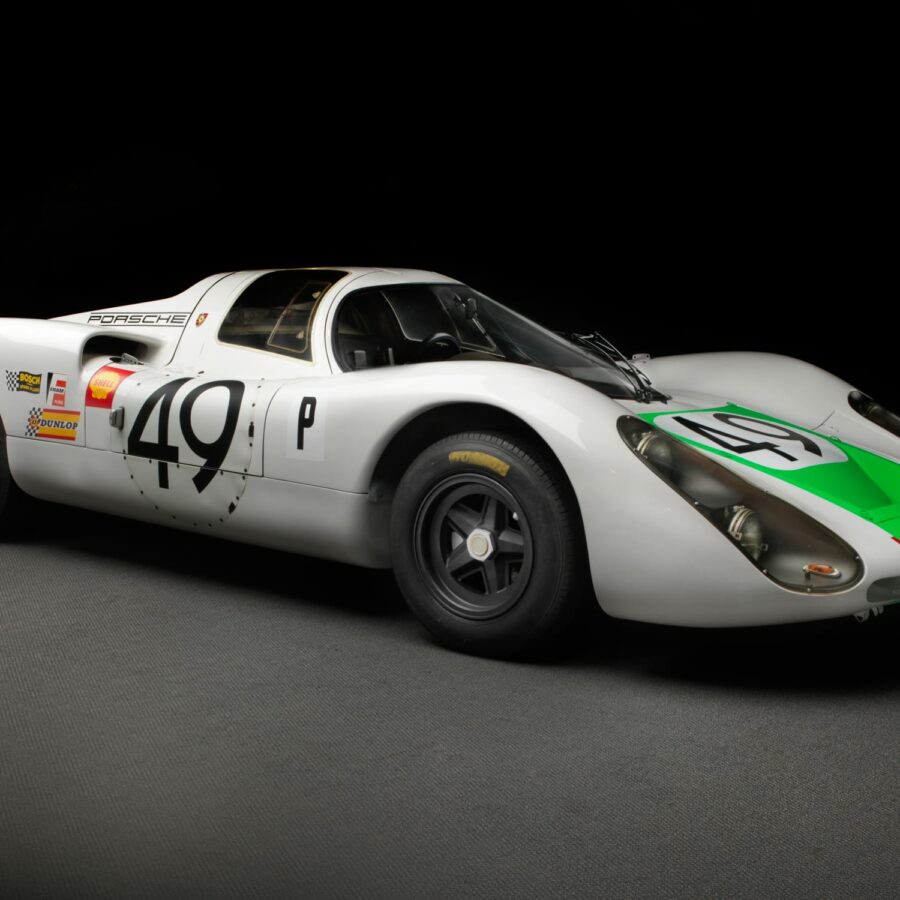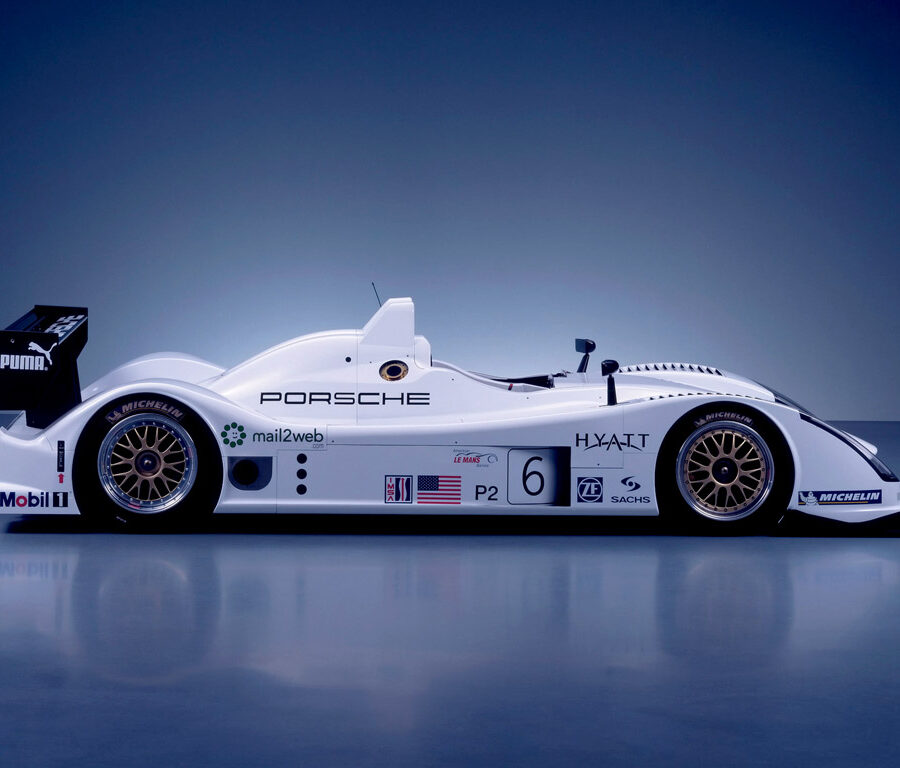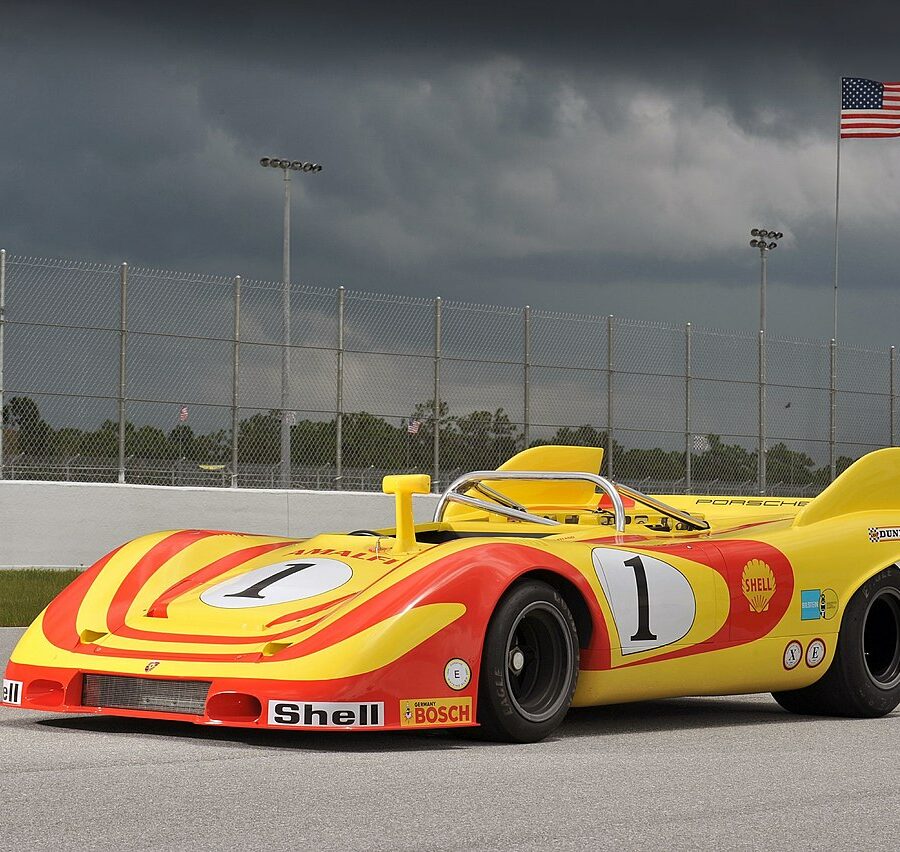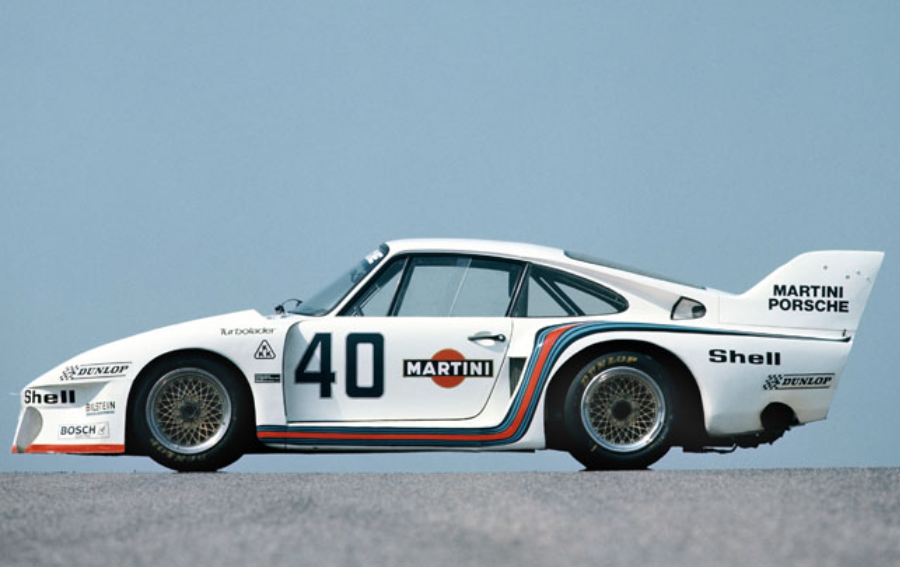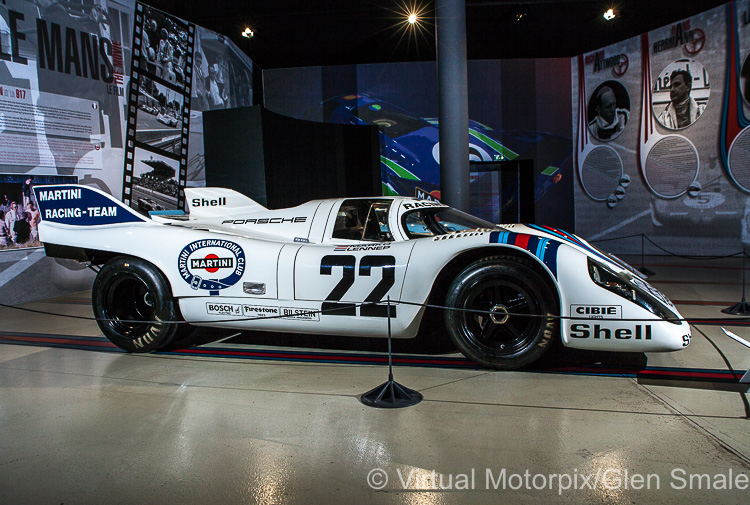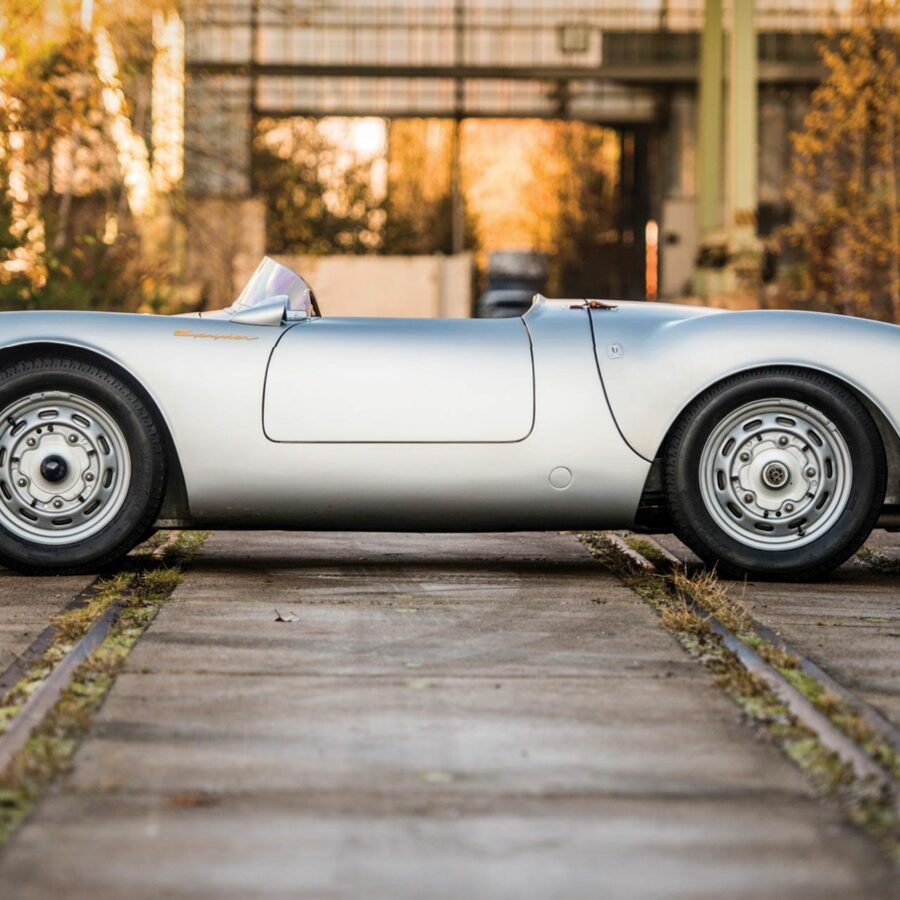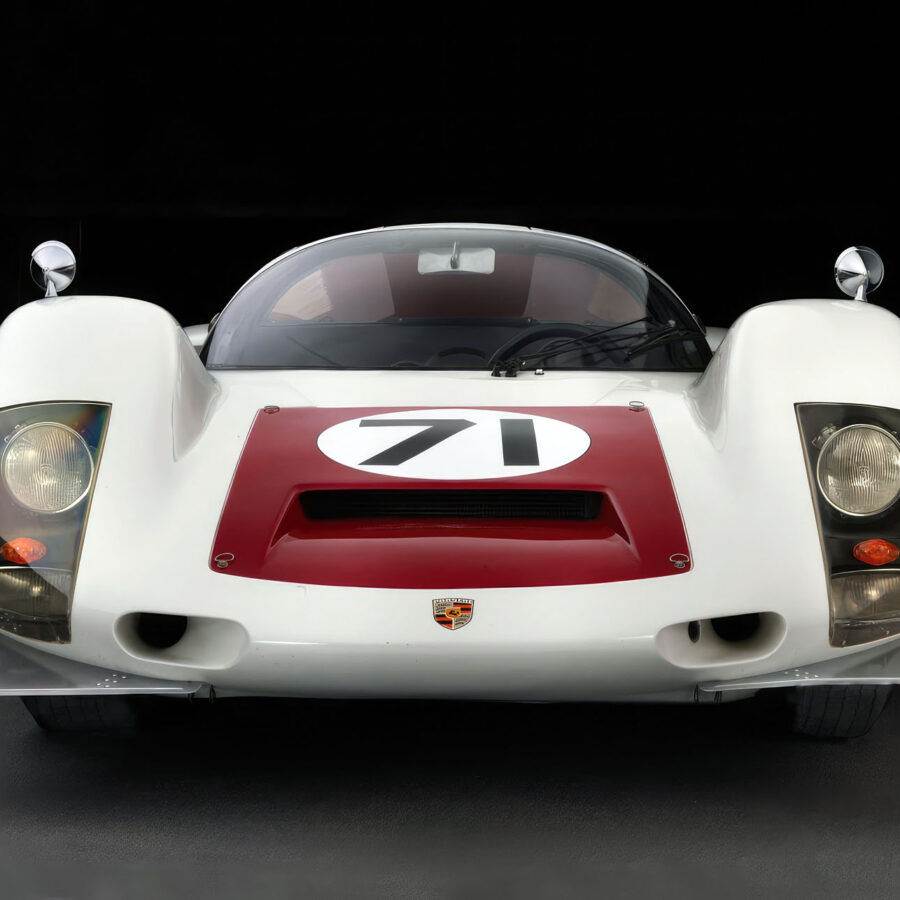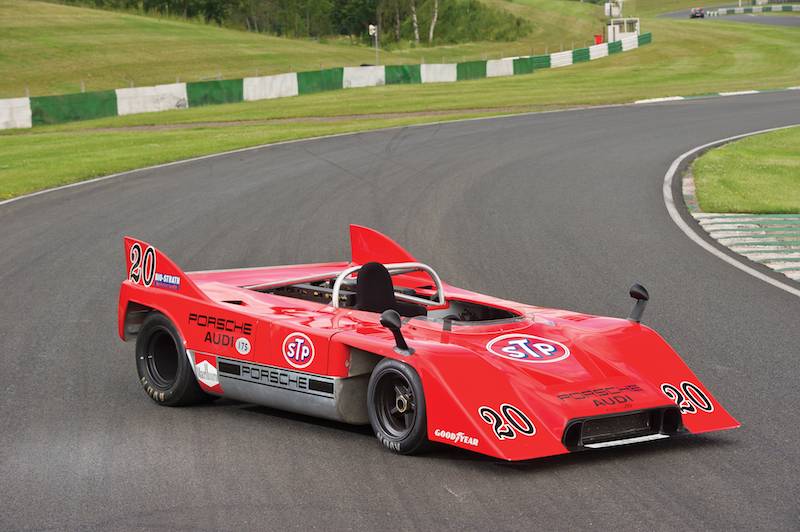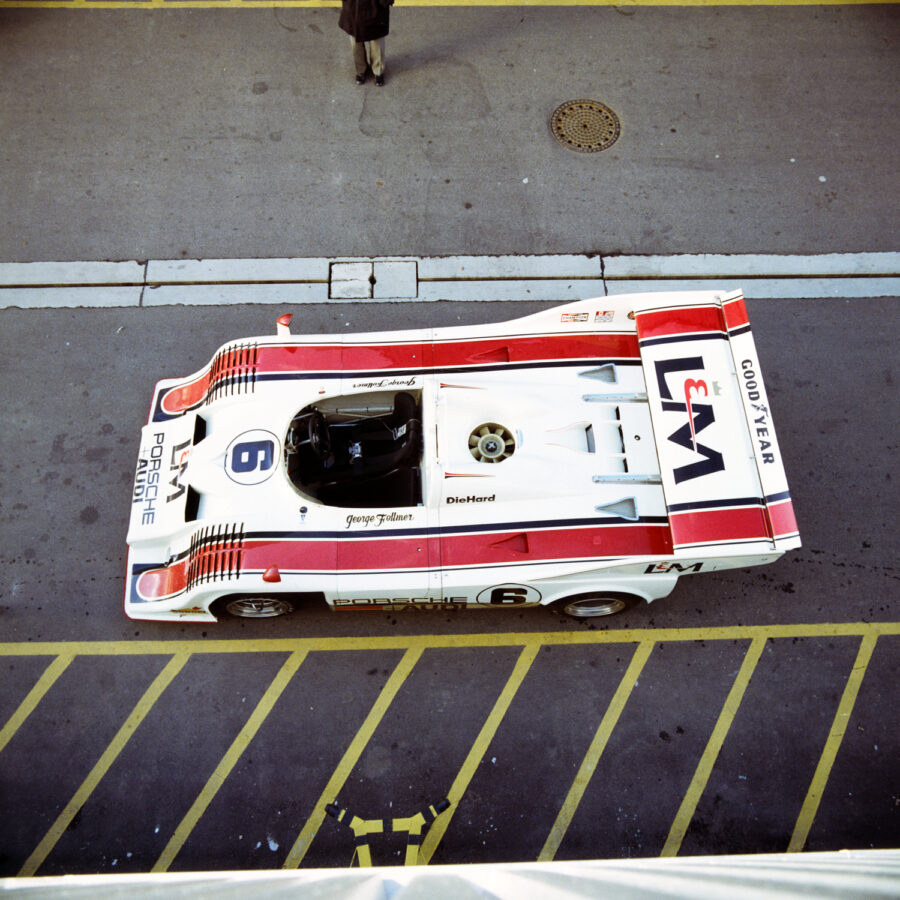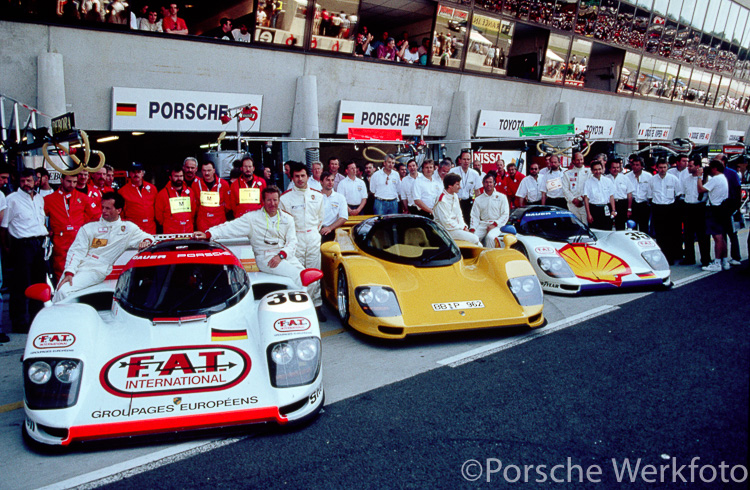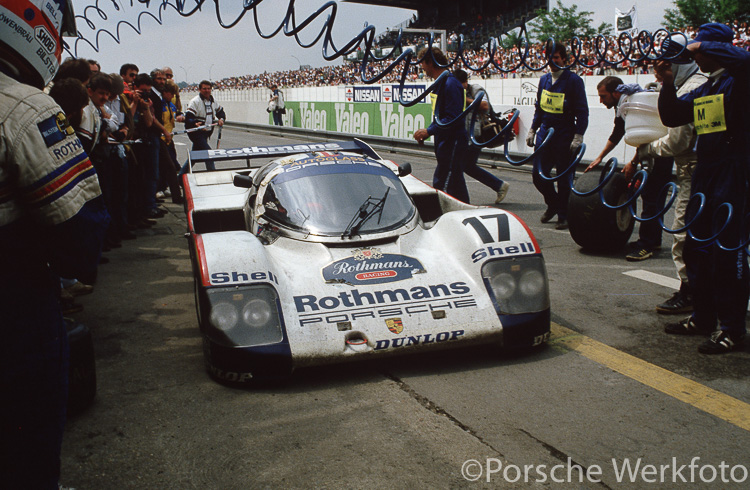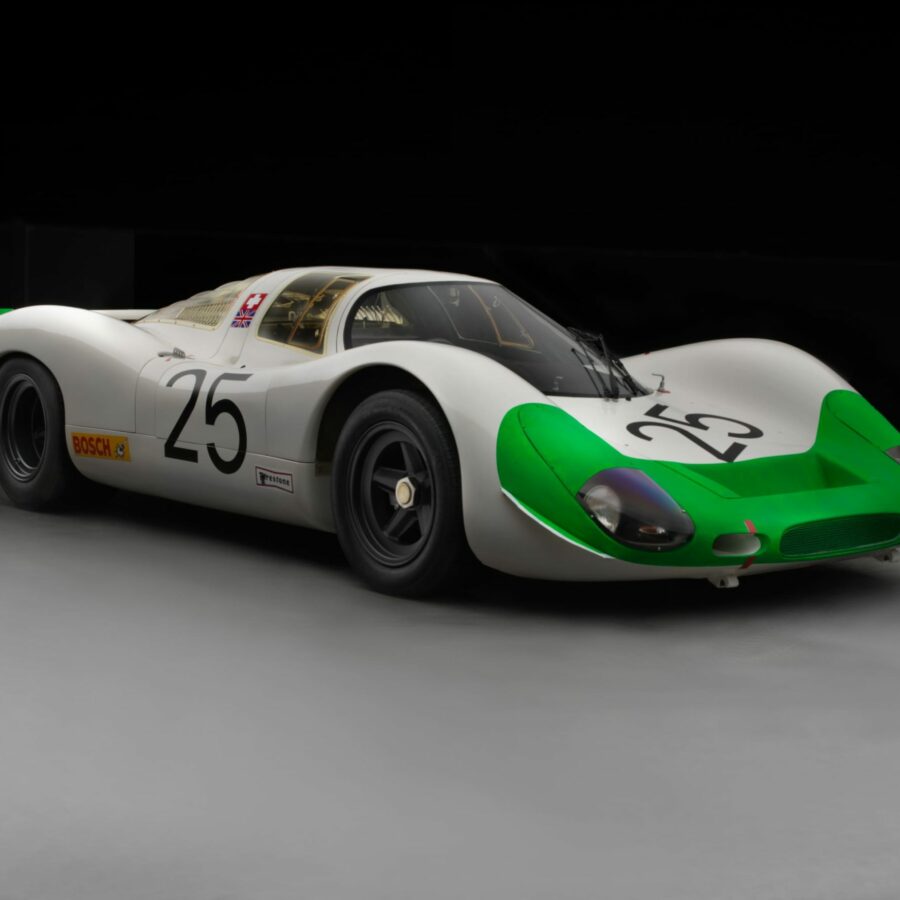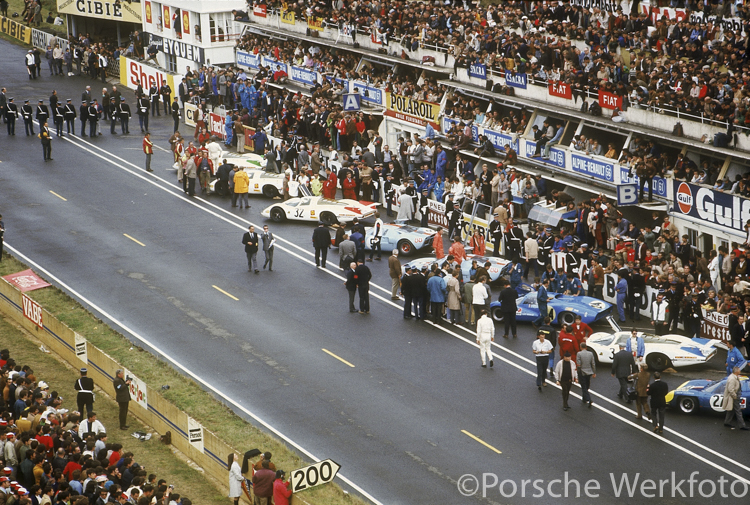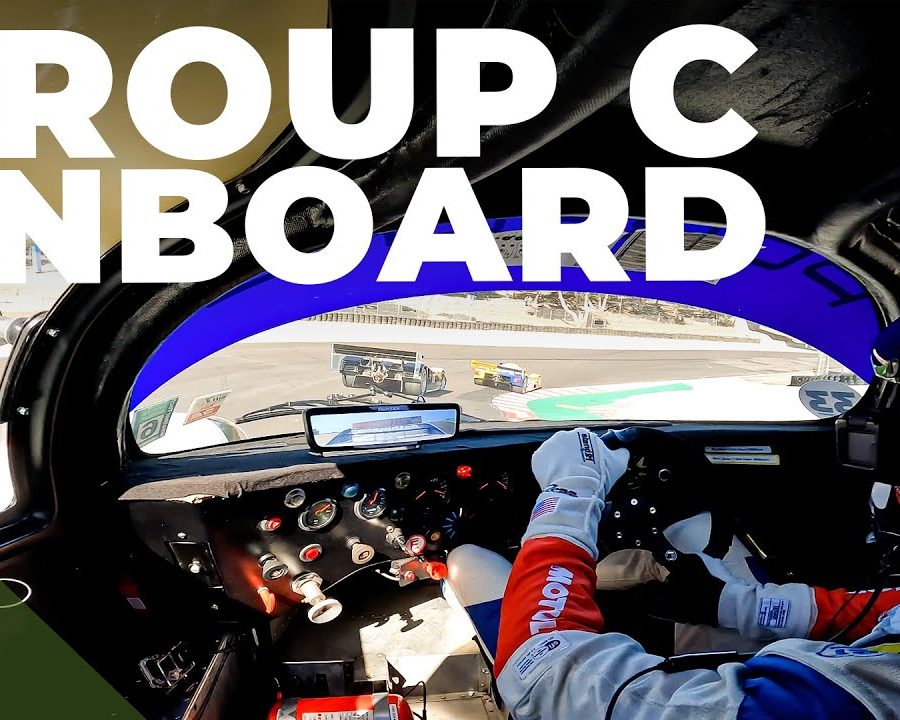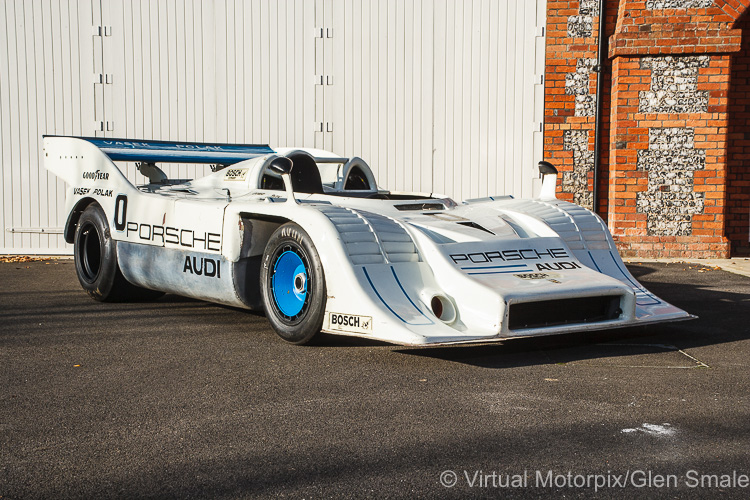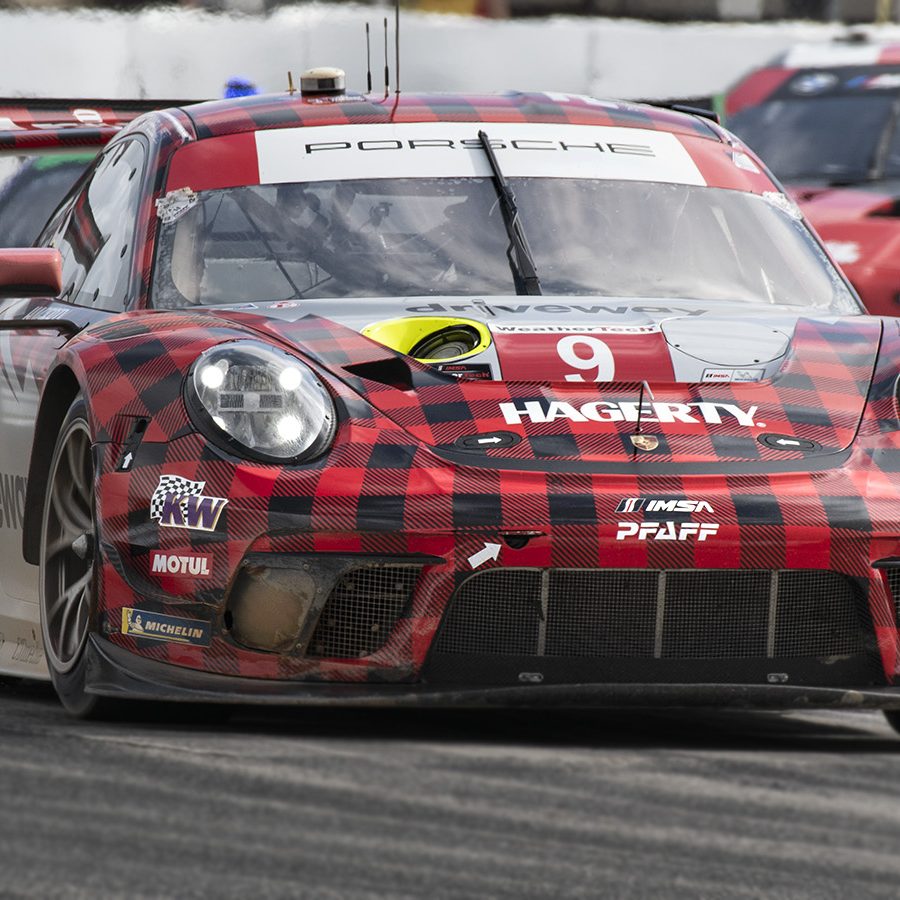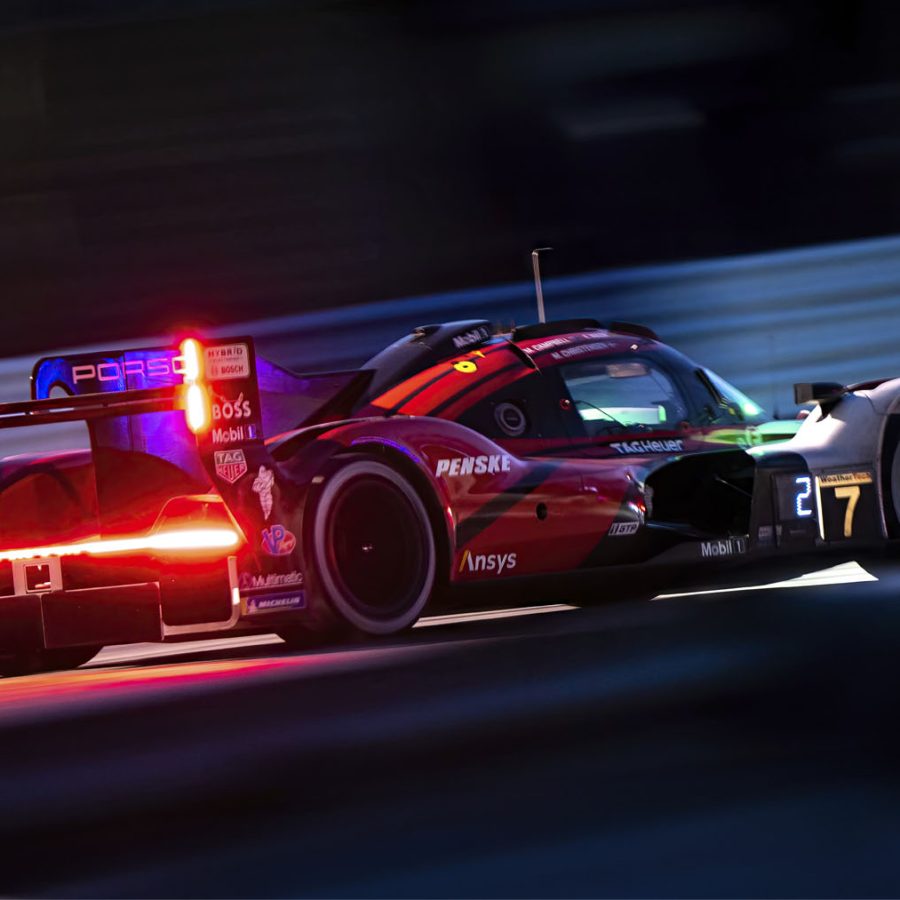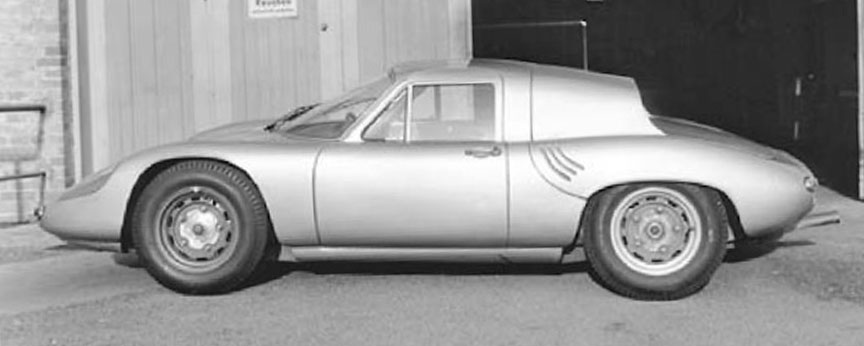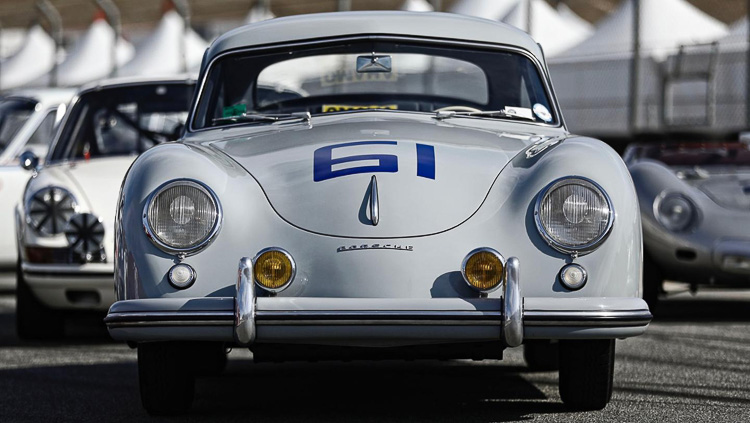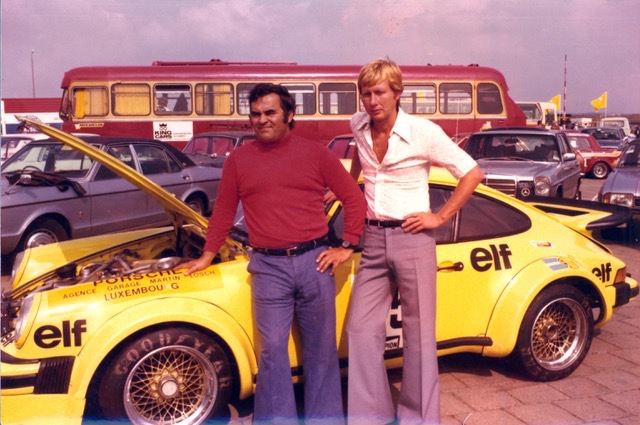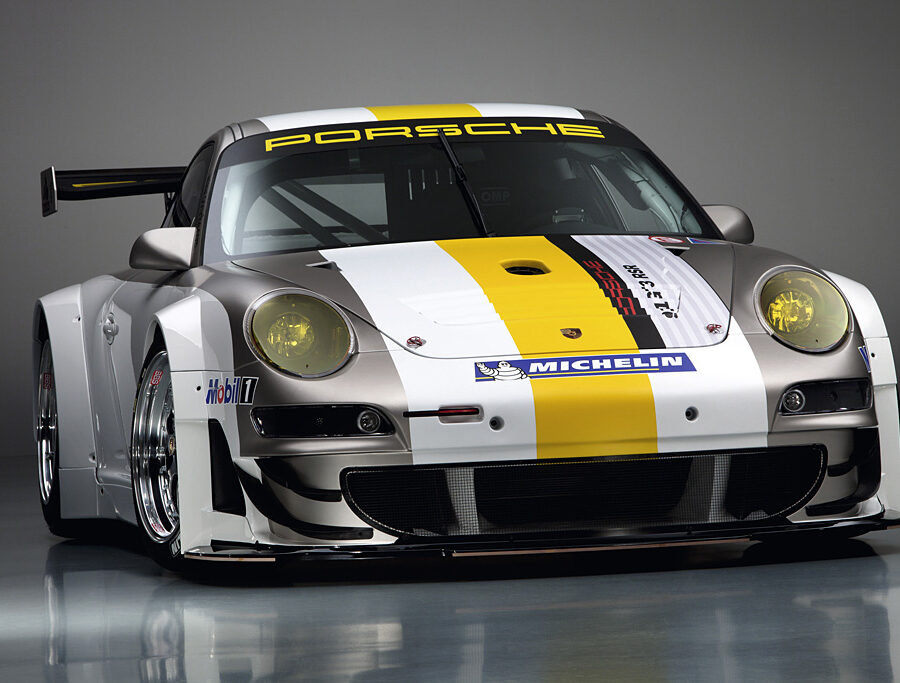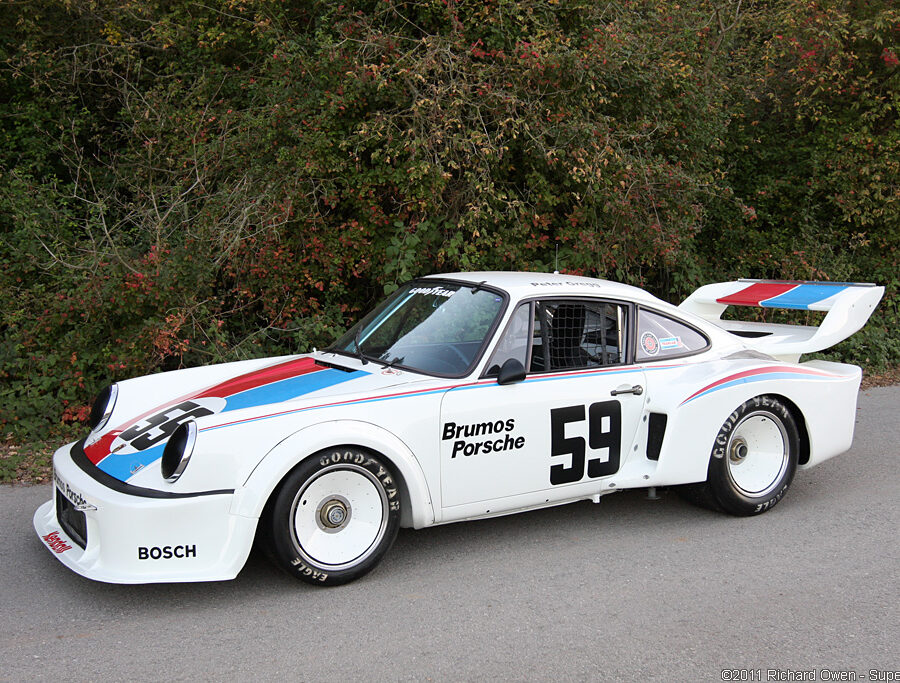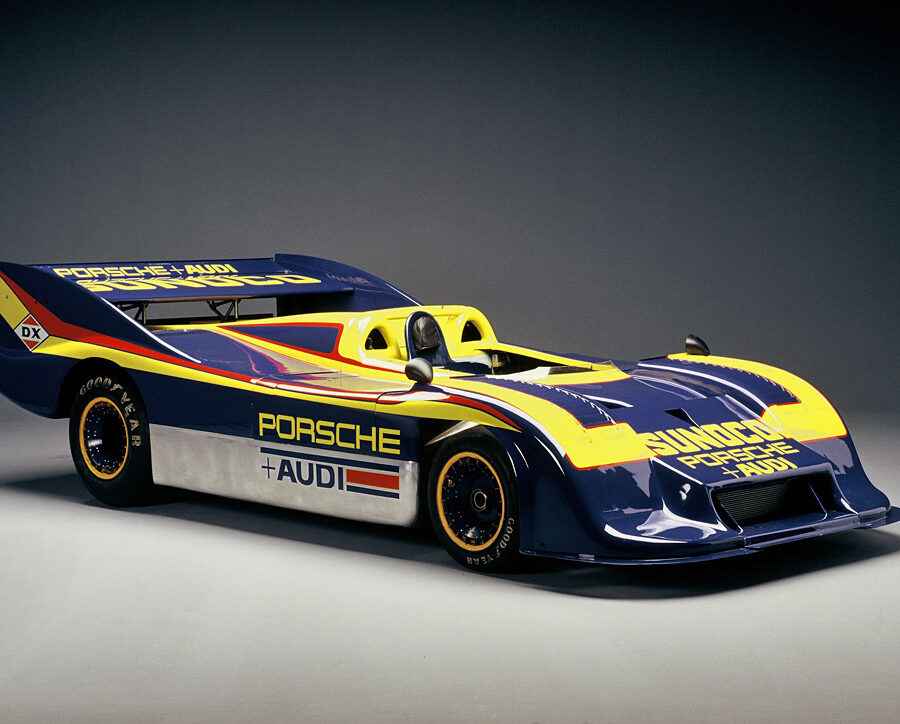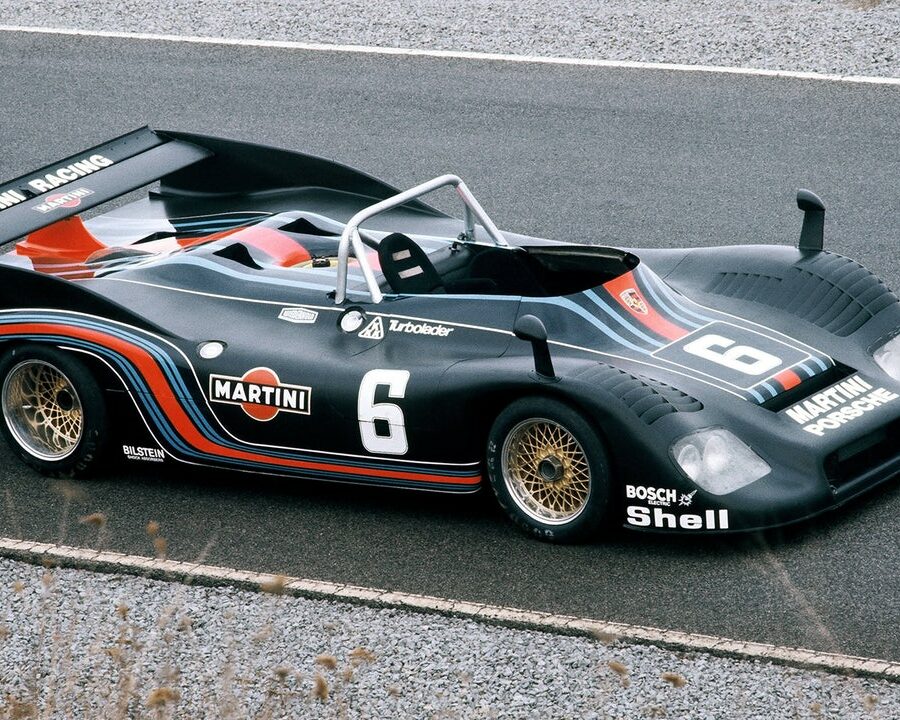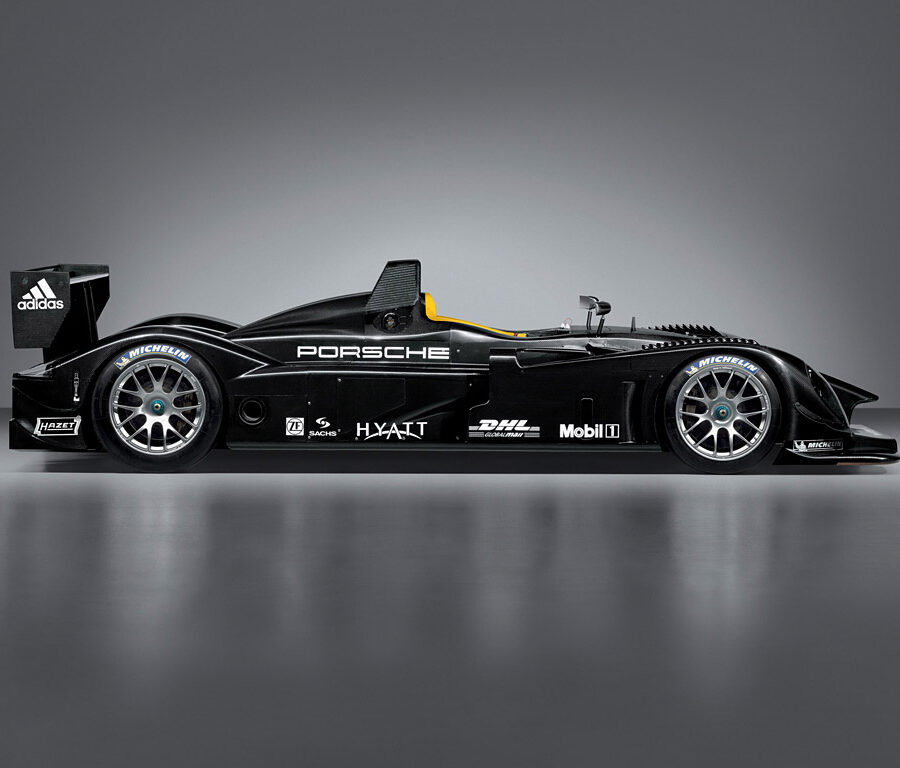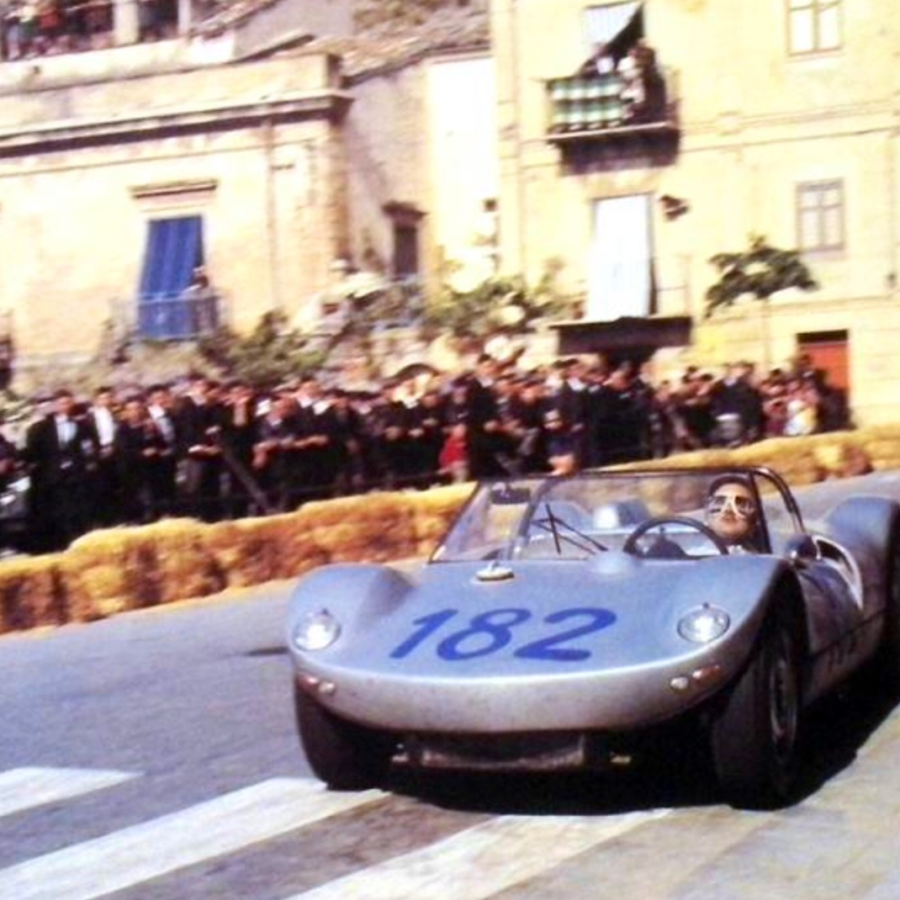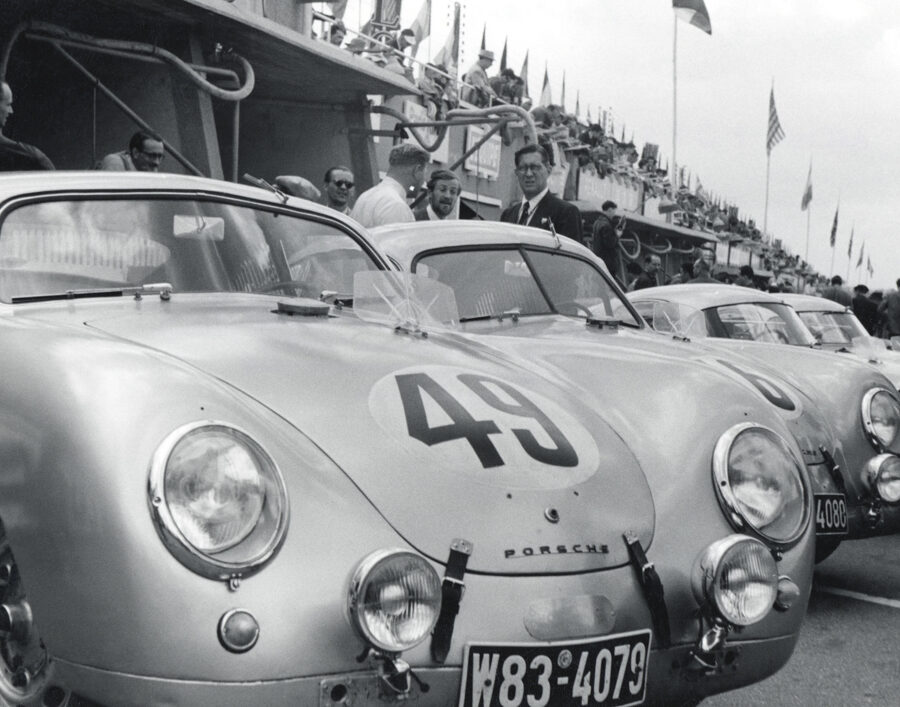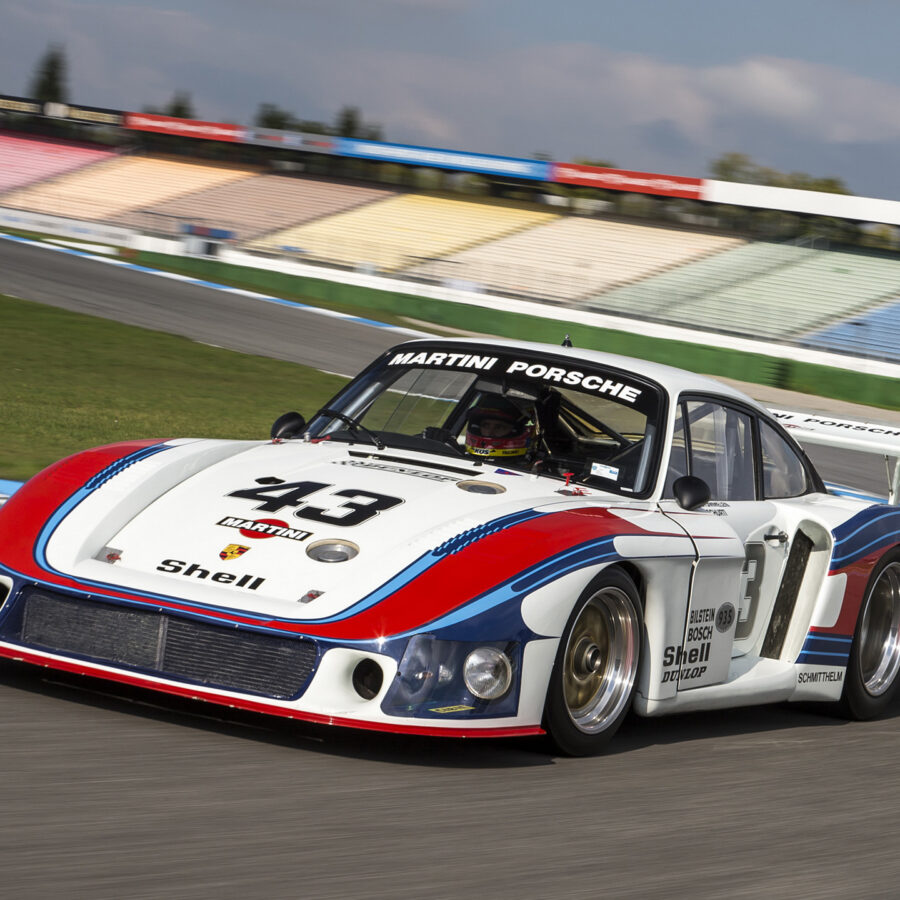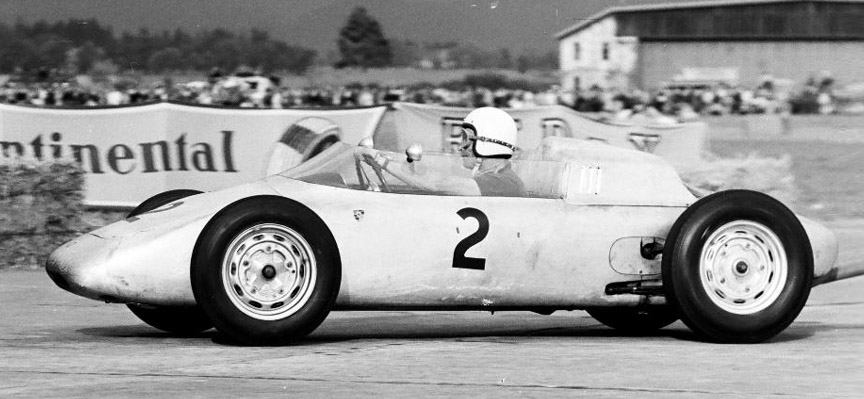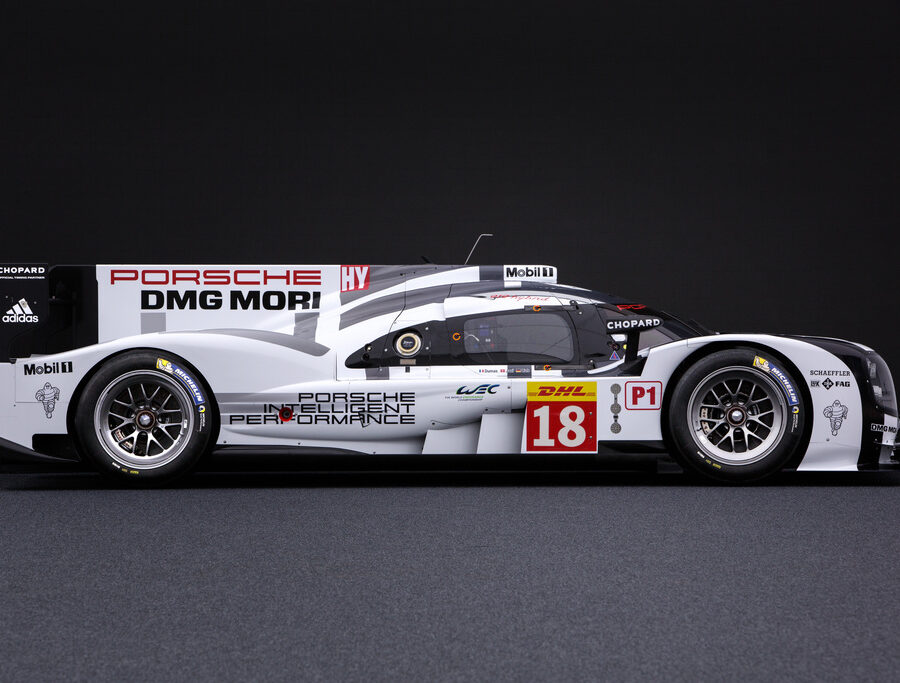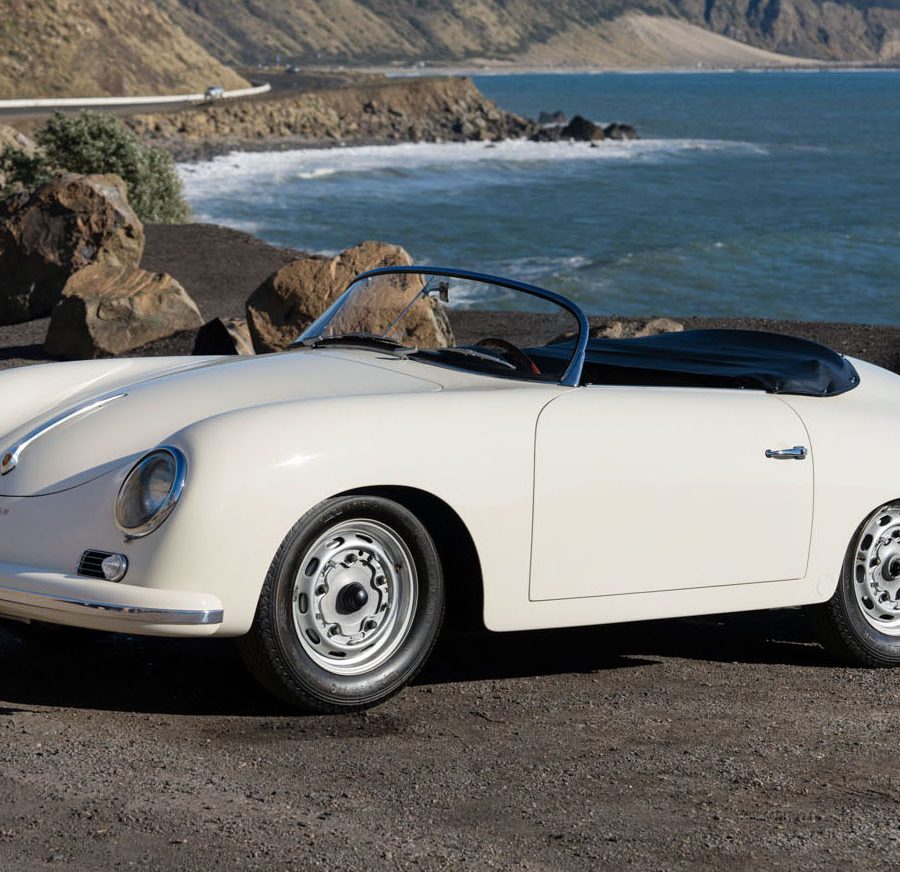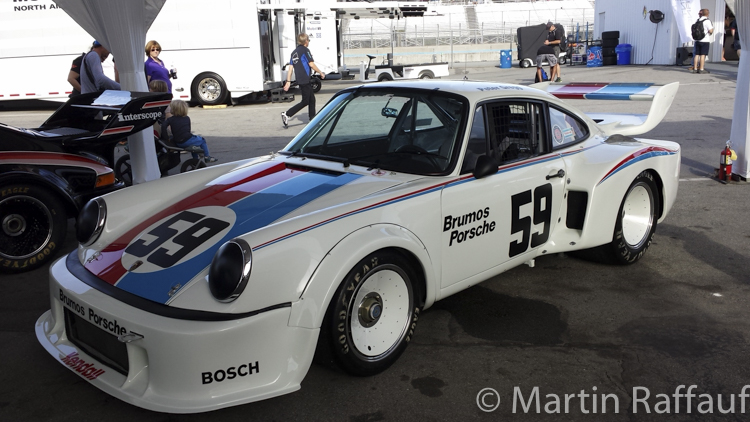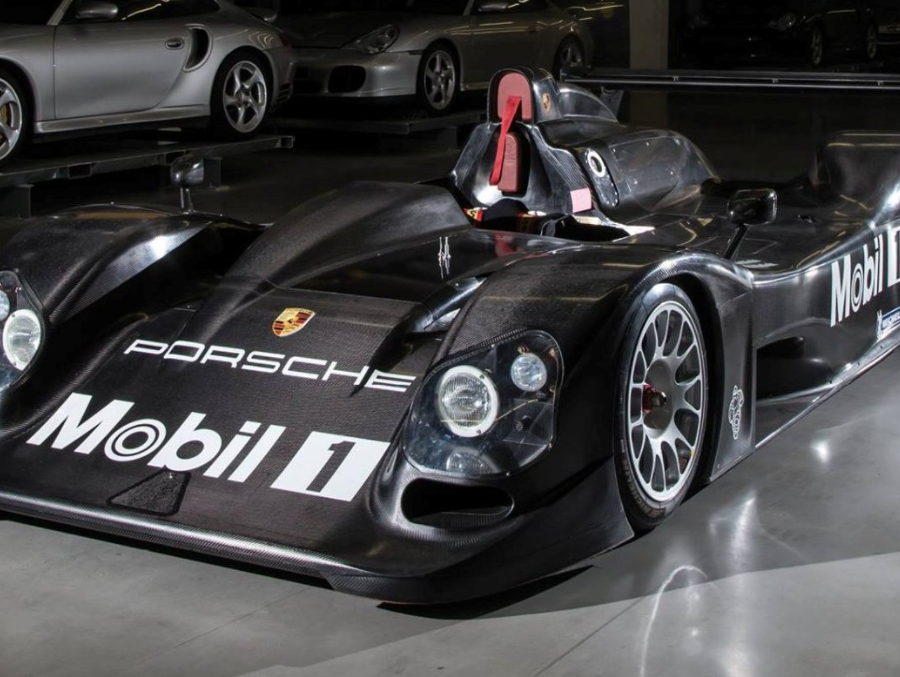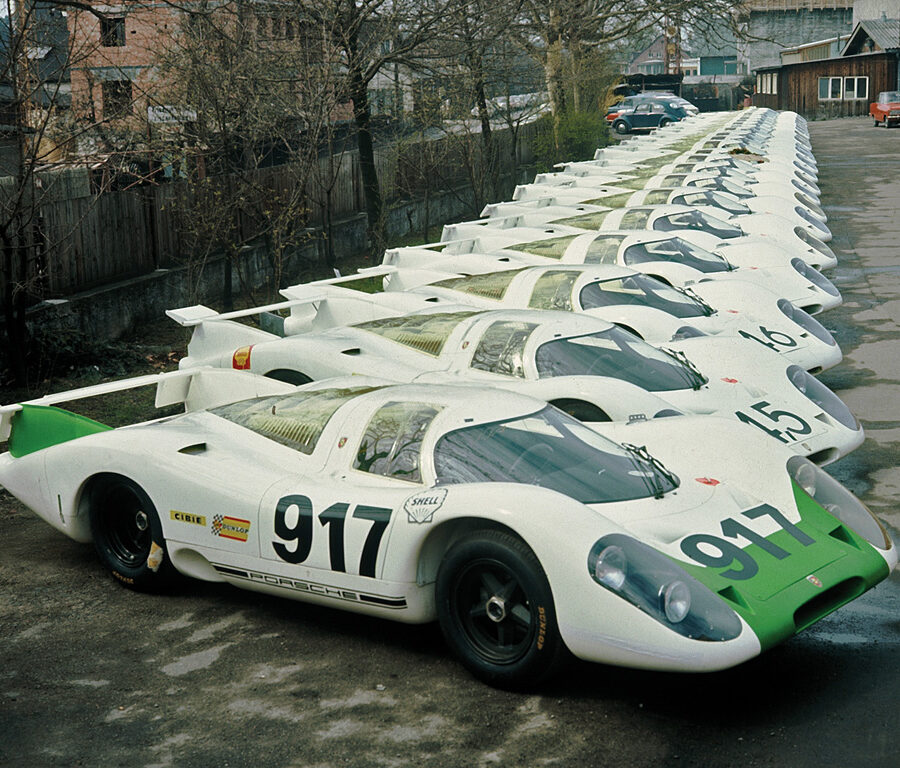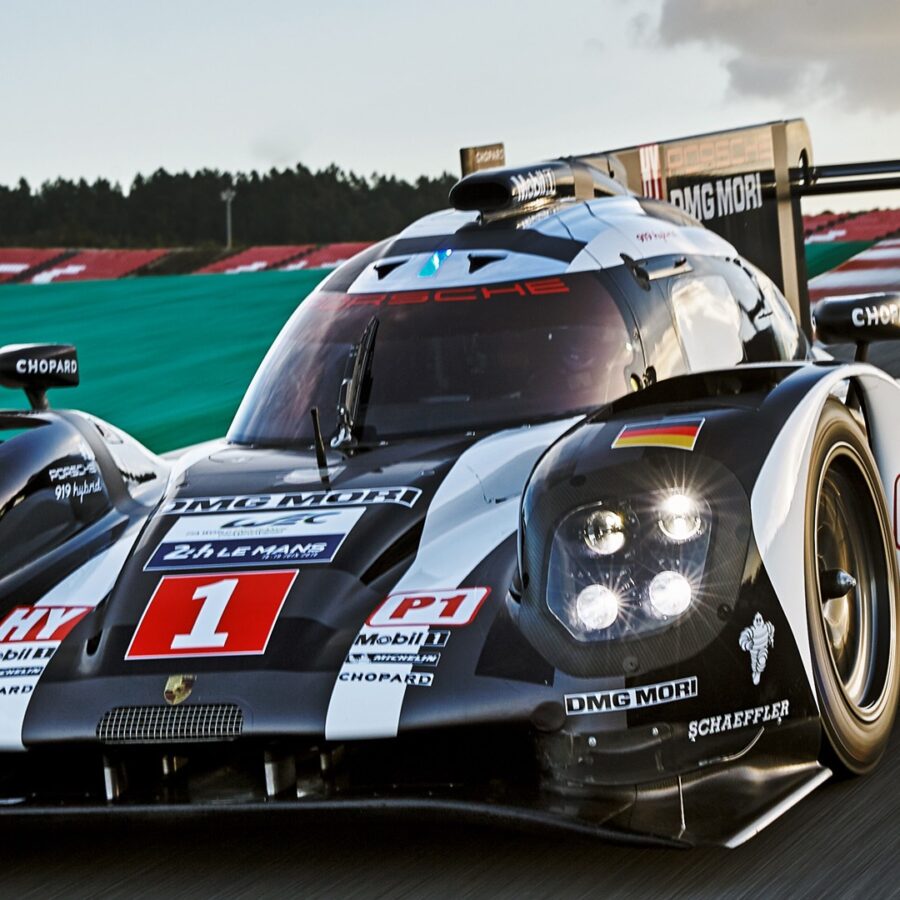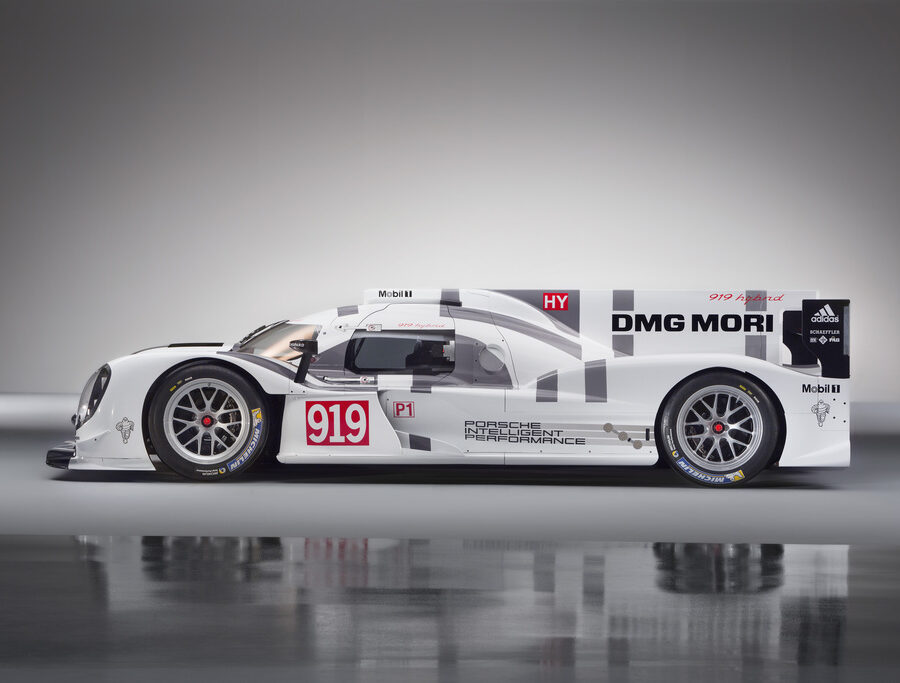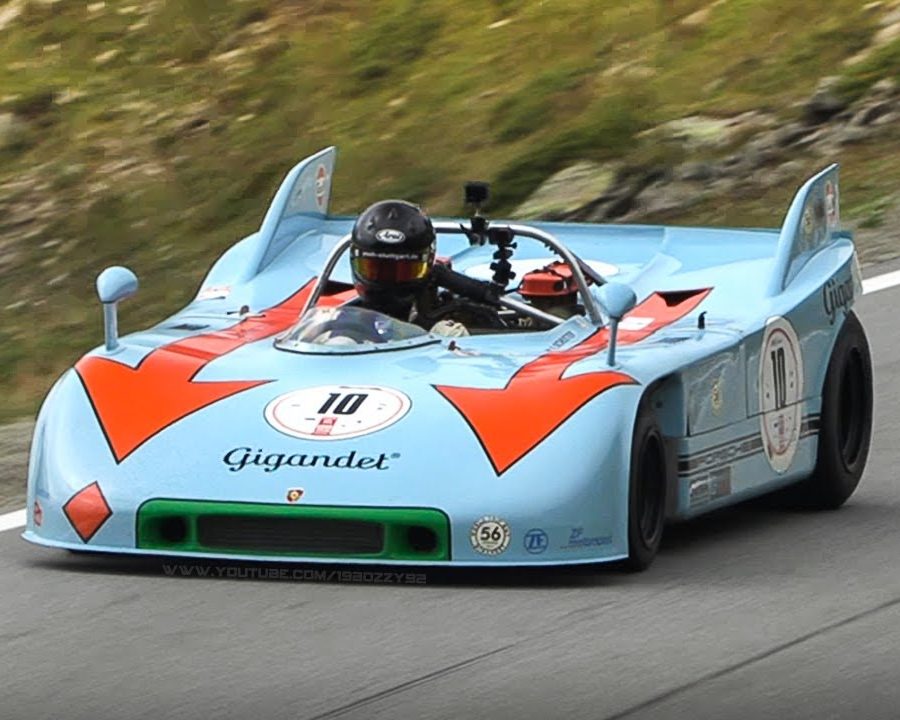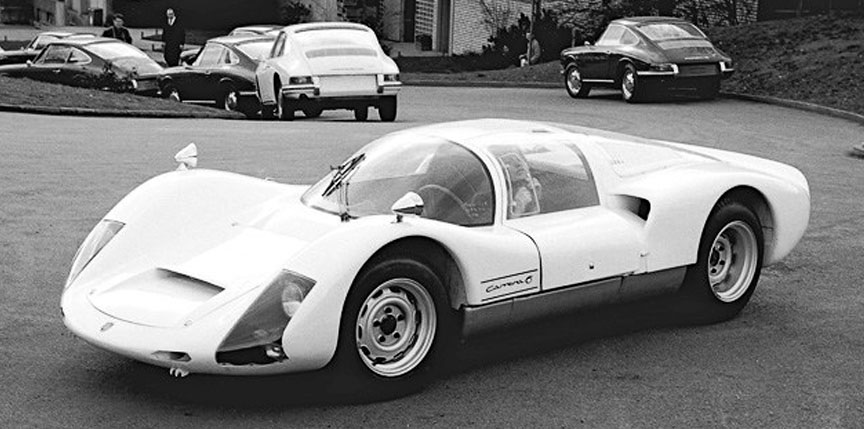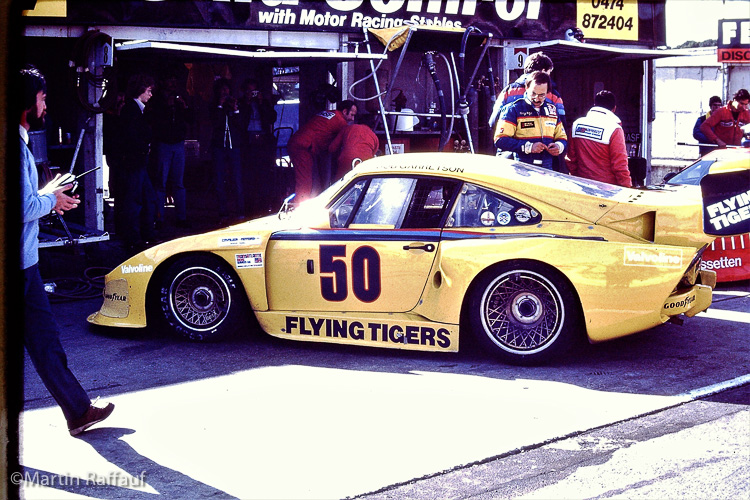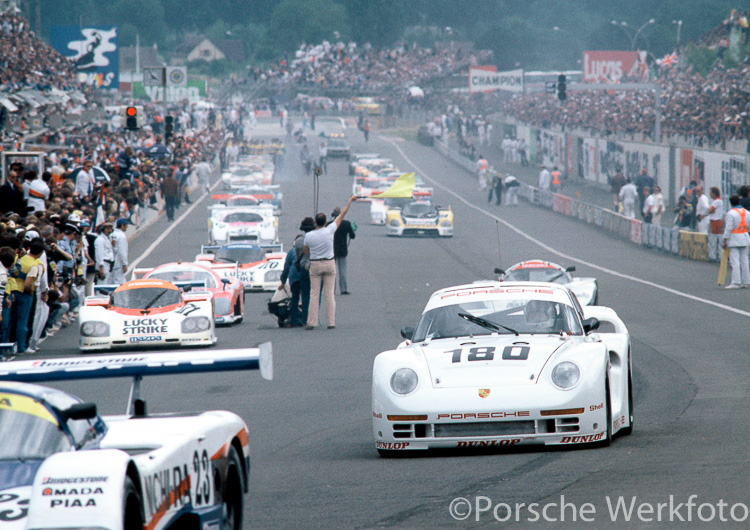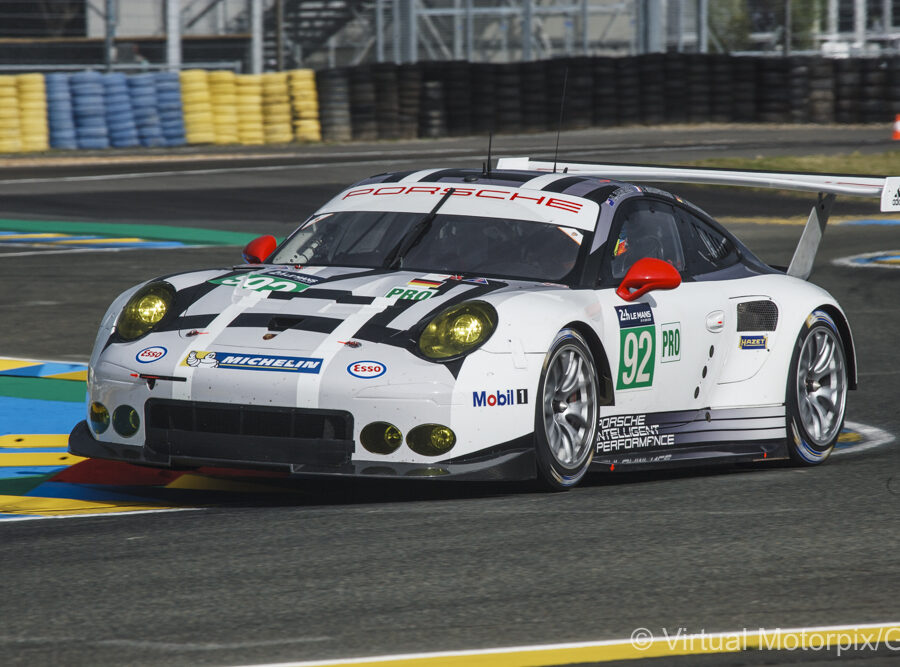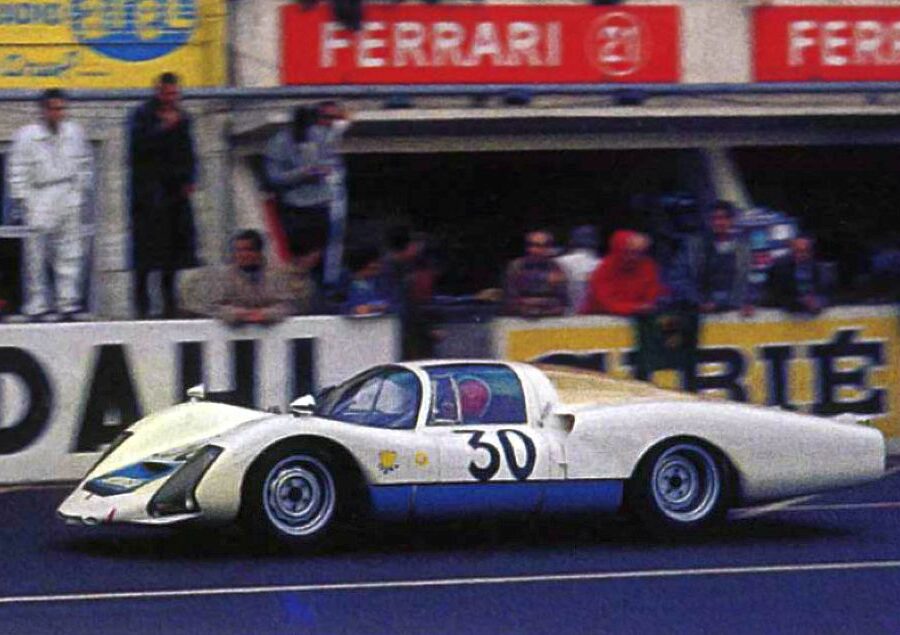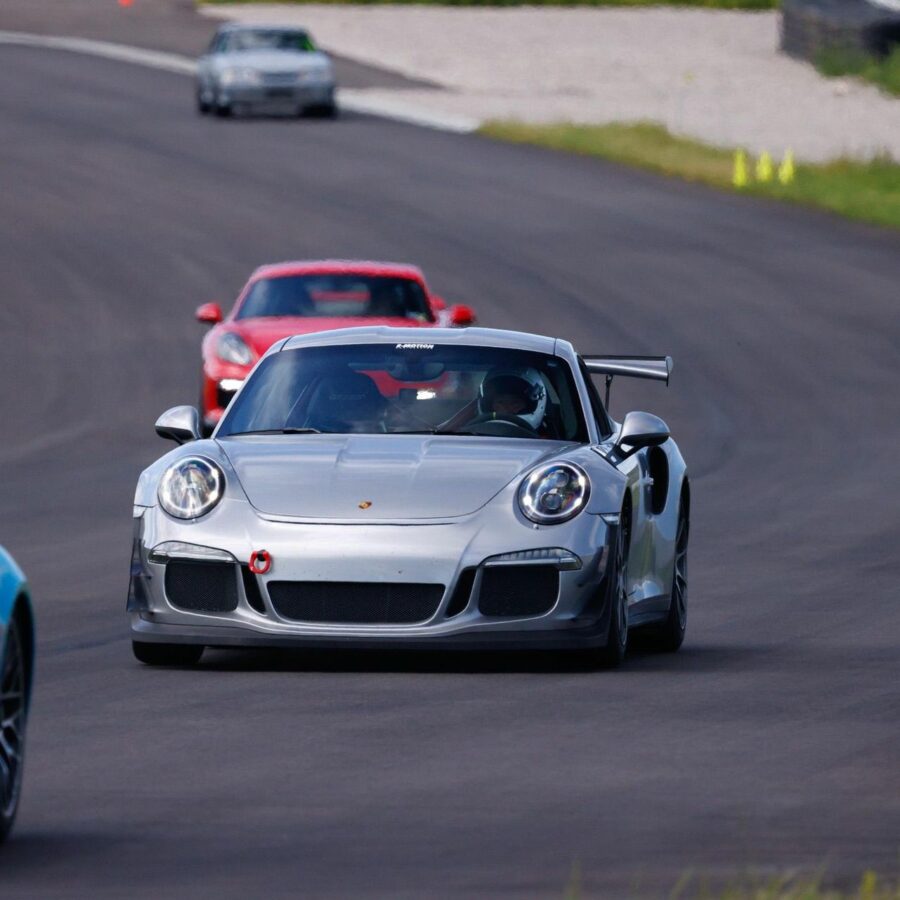Porsche Race Cars
Porsche 908/02 K Spyder (1969 – 1972)
Notching up over 50 major victories and more than 100 podium results, the 908/02 Spyder is one of the most successful Porsche race cars
Luftgekühlt spin-off Air-Water show comes to SoCal
Tickets now available for Air | Water, April 27, 2024
Rennsport Reunion 7: Opening highlights
The biggest Porsche party ever is finally here
Porsche 908 K Flunder Spyder (1969 – 1975)
The 908/02 K Spyder and 908 K Flunder Spyder were basically the same cars with slightly different bodywork
Porsche 917 LH-71 (1971)
Like the 917 LH of 1969 and 1970, the 1971 version was also made for one race only - the 24 hours of Le Mans.
Porsche 917K with unique history
Racing milestone comes to market
Iconic Porsche 550 RS Spyder Hits the Market
One of the last Porsche 550 RS Spyders produced, out of a total of 90
Porsche 917/10-72 (1972)
The 1972 917/10 was similar to the 908/03, but had the 12-cylinder engine instead of the 3-litre flat-8.
Porsche Heritage and Museum at Solitude Revival
A high-octane journey back in time!
“End of the road” Fabcar Porsche 935/84
Highlight from WOB CARS' Porsche 75th Anniversary Race Car Collection
Porsche 907 K (1967 – 1968)
The 907 was conceived and built as a way to win the 1967 Le Mans race.
Porsche RS Spyder (2005 – 2006)
Porsche created the first prototype racecar it has designed and constructed since the 1998 24 Hours of Le Mans winning Porsche 911 GT1 as a commission.
Porsche 917 ‘Interserie Spyder’ (1969 – 1970)
Of all the 917 variants, the ‘Interserie Spyder’ was one of the most successful. It won the Interserie championship outright for two years in a row before the model was replaced by the 917/10 of 1972
Porsche Penske Motorsport dominates Road America
Spectacular double victory in the thrilling IMSA race at Road America
Porsche 906 Carrera 6 (K Coupé) (1966)
Developed for endurance sports car racing, the 906 was a street-legal racing car that raced in the FIA's Group 4 class
Porsche 935/77 (1977)
The Group 4 racer based on the 911 Turbo (930)
Porsche 904/6 Carrera GTS (1964 – 1965)
In 1965, the 904’s second and final production year, some examples received a version of the 911’s 2.0-liter flat-six. This version was dubbed the 904/6.
Porsche 550 RS Spyder (1954 – 1956)
The giant killer
1966 Porsche 906 “Carrera 6”
Excerpts from Miles Collier as he explains a case study in archaeological restoration.
Porsche 917/10-71 (1971)
Only two 917/10 were created in 1971.
Porsche 917/10 Turbo (1972)
The first turbo-Porsche, Can-Am winner 1972, Interserie winner 1972, 1973
Porsche 908/01 LH Coupé (1968 – 1969)
In the late sixties, Ferdinand Piëch wanted Porsche at the top of motor sports and the 908 was his answer.
Porsche 911 Cup 3.8 (993) (1994 – 1998)
Developed at Porsche’s race department using the platform of their new 993 Carrera 2
2024 Icons of Porsche Festival
Estimated 50,000 attendance
Porsche seeks Sebring 12 Hour Victory in 2024
Can Porsche Penske claim Porsche’s 19th overall win?
Porsche’s Kangaroo: 1964 Porsche Bergspyder
Enjoy this article originally published on VintageRacecar.com in 2003!
Porsche 934/5 (1976 – 1977)
The Porsche 934/5 was effectively a hybrid of the Porsche 934 and 935 built to compete in Group 4 of the IMSA
Porsche 917/30 Spyder (1972 – 1973)
The Car That Killed Can-Am
1969 Porsche 908/02 “Flunder”
Available is one of Porsche’s most successful racers
A Brief History of JLP-4
There are 935s, and then there are 935s…
Market Place: 1990 Porsche 962C #154
Artcurial Motorcars to auction historic Porsche 962C
IROC Porsches: The 935 & the International Race of Champions
The made-for-TV IROC series was a remarkable innovation and the genesis of the all-conquering 935.
Air | Water’s SoCal debut makes a splash
The second iteration reflects a dedicated and growing following
Porsche 718/2-05 Experimental F2 (1960)
The fifth and the last of the 718/2 F2 cars, with chassis number 718/2-05 was an experimental formula racing car
The Dauer Deception
Porsche’s 1994 Le Mans 24 victory
Porsche 917/20 Turbo (1973 – 1974)
The 917/20 Turbo is a confusing car - its chassis number reads 917/30-001, but it is not the real 917/30
1957 Porsche 356A 1500 GS/GT Carrera Speedster
The ultimate GT Speedster comes to light?
24 Hours of Le Mans 2022
Celebrating 24 Heures du Mans' 90th Anniversary Race
Porsche 9R3 “LMP 2000” (1999)
The Porsche 9R3 was meant to address Audi's Le Mans dominance. Instead, it gave its V10 heart to the Carrera GT.
Porsche 917 LH-69 (1969)
For the 1969 racing season the absolutely new Porsche 917 with 4.5-litre 12-cylinder engine was created.
1966 Porsche 906 Carrera 6
$2M Porsche Prototype heads to Monterey
Porsche 906/8 Coupe (1966)
Another four factory 906s received an air-cooled eight-cylinder boxer engine of the type 771, which was already used in the 904/8.
Winning the World Endurance Championship 1981
#9 Porsche 935 (chassis #009 00030) win the race by 13 laps
Porsche 934 (1976 – 1977)
Using the 930 Turbo as a basis, Porsche built the 934 for Group 4 GT racing.
2019 Porsche 935
Porsche track-day 935 on BaT
Porsche 906 LH Coupé (1966)
For the 1966 Le Mans 24h race, long-tail LH ("Langheck") versions were made and now the standard 906 were called as 906 K ("Kurz", short in German)
Porsche 718 Cayman GT4 Clubsport (2019 – Present)
The 718 Cayman Race Car





